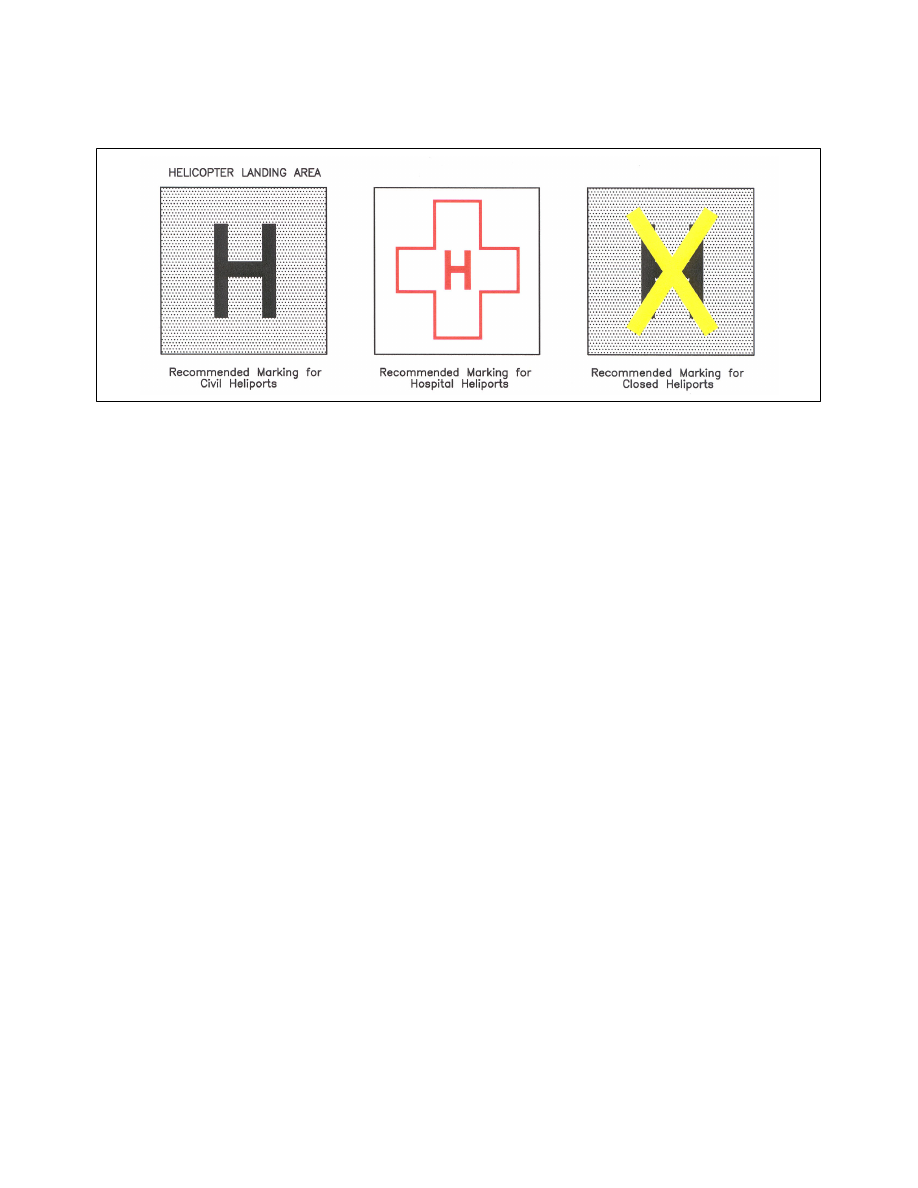
AIM
4/20/23
FIG 2
−
3
−
23
Helicopter Landing Areas
e. Temporarily Closed Runways and Taxiways.
To provide a visual indication to pilots that a runway is
temporarily closed, crosses are placed on the runway only at each end of the runway. The crosses are yellow in
color. (See FIG 2
22.)
1.
A raised lighted yellow cross may be placed on each runway end in lieu of the markings described in
Subparagraph e,Temporarily Closed Runways and Taxiways, to indicate the runway is closed.
2.
A visual indication may not be present depending on the reason for the closure, duration of the closure,
airfield configuration, and the existence and the hours of operation of an airport traffic control tower. Pilots
should check NOTAMs and the Automated Terminal Information System (ATIS) for local runway and taxiway
closure information.
3.
Temporarily closed taxiways are usually treated as hazardous areas, in which no part of an aircraft may
enter, and are blocked with barricades. However, as an alternative, a yellow cross may be installed at each
entrance to the taxiway.
f. Helicopter Landing Areas.
The markings illustrated in FIG 2
23 are used to identify the landing and
takeoff area at a public use heliport and hospital heliport. The letter “H” in the markings is oriented to align with
the intended direction of approach. FIG 2
23 also depicts the markings for a closed airport.
2
−
3
−
7. Airport Signs
There are six types of signs installed on airfields: mandatory instruction signs, location signs, direction signs,
destination signs, information signs, and runway distance remaining signs. The characteristics and use of these
signs are discussed in paragraph 2
8, Mandatory Instruction Signs, through paragraph 2
Distance Remaining Signs.
REFERENCE
−
AC150/5340
−
18, Standards for Airport Sign Systems for Detailed Information on Airport Signs.
2
−
3
−
24
Airport Marking Aids and Signs